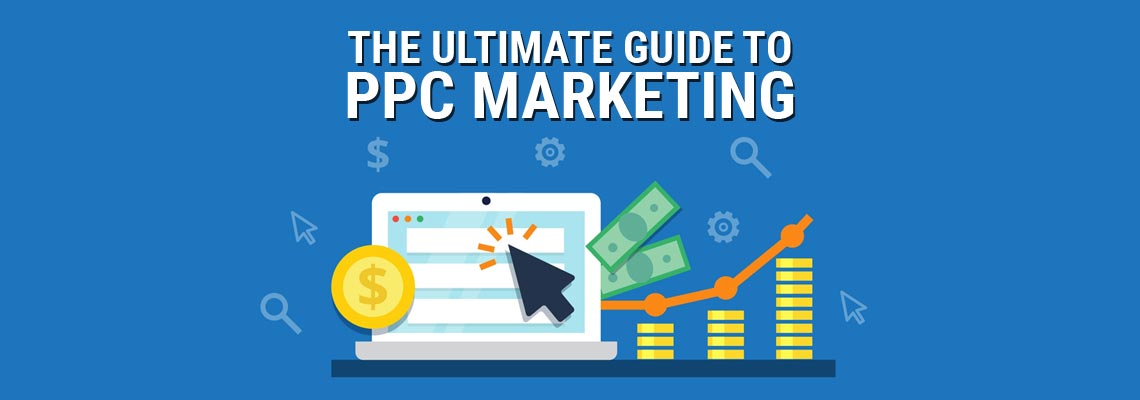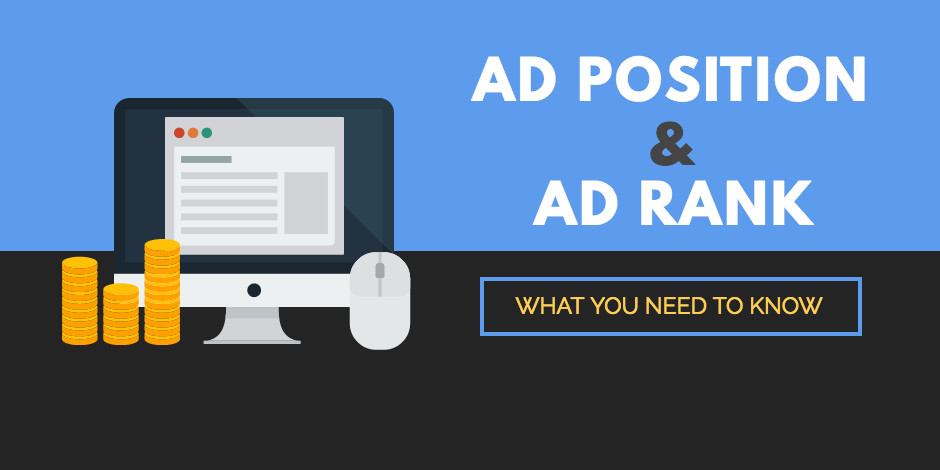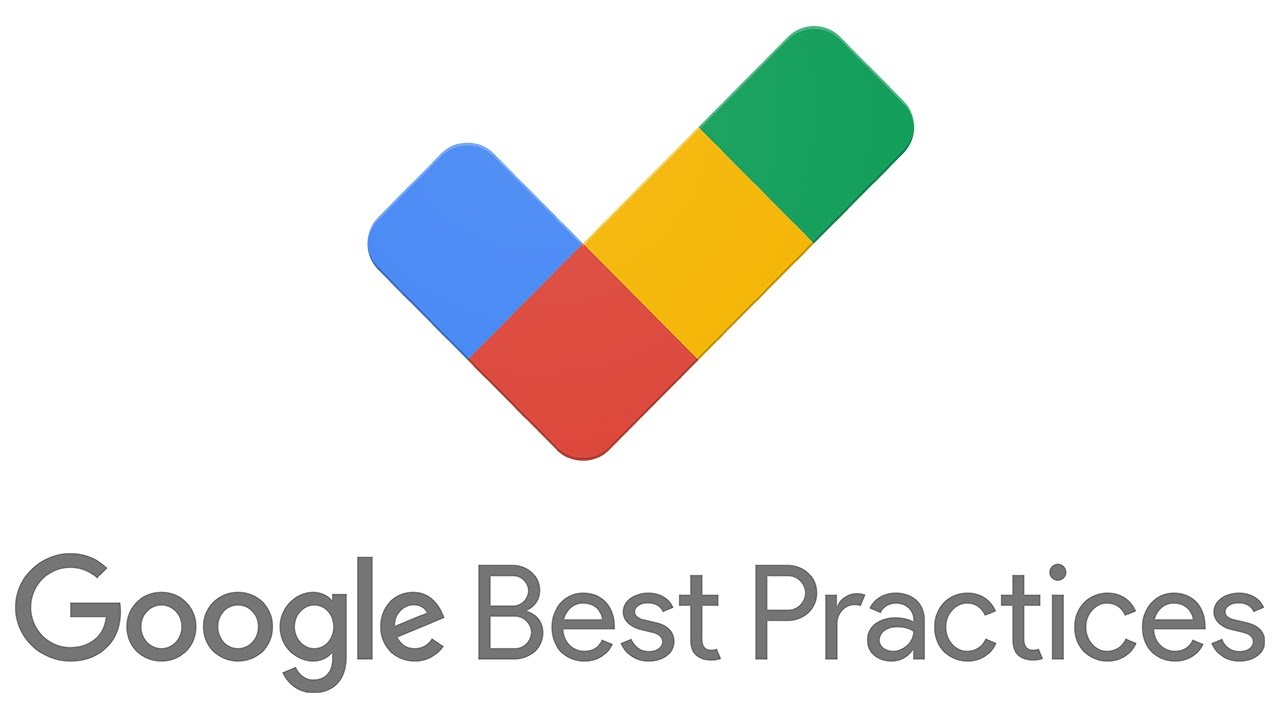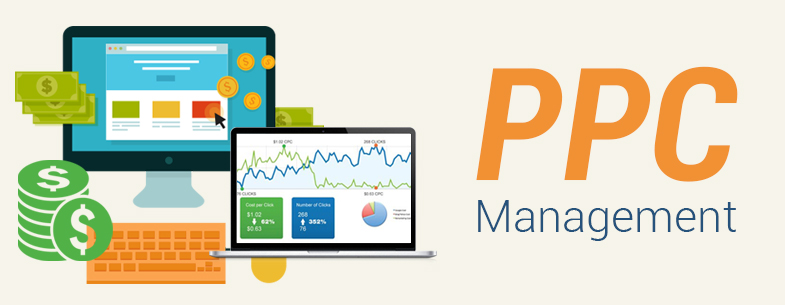PPC or pay per click is when the advertiser pay for each click made by the user on their ads. Whenever the ad is clicked by the user, they gets redirected to our website and for that traffic costs you pay some small amount of money.
Pay per click advertising (PPC) evolved over the past few years into a combination of old and new. Many of the basics concepts of PPC advertising remain the same. However, new concepts now join with some old ones to create an entirely new product. In addition, the art of pay per click marketing itself changed, as advertisers had to alter their approach as a whole.

Not too long ago, almost all pay per click search engines (PPCSE’s) had one single, fundamental commonality:
The highest bidder achieved the highest ranking in the search results. Often times, the advertiser bidding the highest cost per click (CPC) would obtain the top spot within the search results. It is important to note that some PPC Search engines still function in this manner.
However, most PPC search engines function differently these days.
Nowadays, many pay per click search engines uses many combination of factors to determine the ranking of ads within their search results. Bid price is only one of the factor in the equation, so bidding the highest amount does not necessarily ensure a top ranking any longer.
Know more about Google Adwords, Also read → PPC Hacks 2018

Factors that determine placement in a PPCSE:
-
Bid Price:
When the advertisers sets their bid price while making their ads in PPCSE they often are telling the ad network the maximum amount they are willing to pay. the maximum amount need not to be necessary what a advertiser would be paying, they often end up paying less than that. Many PPCSE also allows the us to change their bid any time we would like.
-
Quality Score:
Several PPCSE provides ad rank based on our quality score. Quality Score of an ad is determined by several factors including the ad relevancy and landing page experience of the user. Quality score plays a major role in deciding the cost and effectiveness of our PPC campaign.
-
Click-through rate (CTR):
A higher CTR for a specific ad generally translates into a higher ranking for that ad. CTR or click through rate is defined as Total Clicks on ads by total impression of that in the search engine. The more users click our ad, the more CTR our ad will have resulting in the increase of Quality Score of the same.
-
Historical Data:
In some circumstances, search engines like older ads more than newer ones. If advertiser makes any changes in their running ad, it negatively affects the amount they incur on each click.
-
Competition:
The more saturated an area of interest, the harder it is for one advertiser to achieve high rankings in that area.
The Bid Price
At first (and second) glance, bidding seems like the most basic of concepts. But the evolution of pay per click brought changed in bidding along with everything else. Gone are the days of setting one bid price for 900 keywords and forgetting about it. Now, ppc advertisers can not only bid separate amounts on each keyword, but can assign more than one bid on each keyword, depending on where the ad for our keyword will be shown.
For example, with a specific search engine, advertisers can assign a bid of INR 10.00 for “Keyword A” when an ad for that keyword is shown on the search network of that PPCSE, but then assign a bid of INR 5.00 for that same “Keyword A” when an ad for that keyword is shown on the other network of that PPCSE.
In addition, on some PPCSE’s advertisers can also assign different bid amounts for different times of the day. If ppc advertisers know that more sales for a product typically occur during 1 pm and 3 pm on weekdays, they may be able to assign a higher bid price for that time period Monday through Friday.
Advertisers must take the time to fully understand all of the bidding tools available to them in the account management of each PPCSE that they run ad campaigns. Understanding and utilizing these tools can definitely result in a higher return on investment (ROI).
Quality Score
Yes, the only core factor that determines where and how often the ad will appear in search engines. The only factor that determines the ad rank of the ad.
As Quality Score is primarily based on relevancy, it can be improved to certain extent by keeping the following points in mind:
a). Keyword Research : Choice of highly relevant keyword could add up in increasing the relevancy of the ad in turn helping in generating bulk traffic for the website.
b). Keyword Organization : Splitting keywords to different ad campaign could be more effective to increase the relevancy of the ads.
c). Optimizing Landing Pages : Create pages that connect directly with your ad groups and provide a cohesive experience for visitors, in turn increase the ad relevance.
d). Adding Negative Keywords : Identifying and excluding the irrelevant search terms that are wasting advertiser’s budget saves the ad from being more irrelevant many time and also saves the cost of the advertisers.
Check out !! more about improving your Landing Page experience and → Website Planning and Structuring
Click-through rate (CTR)
Relevance, Relevance and Relevance. If a lot more searchers are clicking on “Ad A” over competing ads, then “Ad A” must be more relevant, right?
Obtaining a high CTR is probably the single most important part of any pay per click marketing campaign. That said, writing fresh, unique and concise ad copy is probably the single most important task a pay per click marketer can spend time on.

Follow these simple rules for great ad copy:
– Know the product you are marketing.
– Test multiple ads. A small change in ad copy can make a big difference.
– Be current. Stale ad copy is worthless.
– Be unique. Say it in a new way.
– Don’t copy ad copy. Write your own ads.
Historical data
Yes, older ads can occasionally have an easier time achieving higher rankings in search results. But no, it is never too late to start competing against older ads. Just be aware that it may take some time and patience to compete fully with older advertisers. History can be no factor at all in many instances.
Competition
Know the competition. Be aware of what they are doing and what they are not doing. But it is important to repeat the above tip: Don’t copy ad copy. Be unique. Be original. Who wants to read the same thing a 100 time?
Pay per click advertising is still evolving. Do your best to stay informed of the latest updates and changes to the industry as a whole.
Change is inevitable – just be ready to adapt quickly with hand on training from the best Digital marketing institute in indore on the top PPCSE, Google Adwords.











